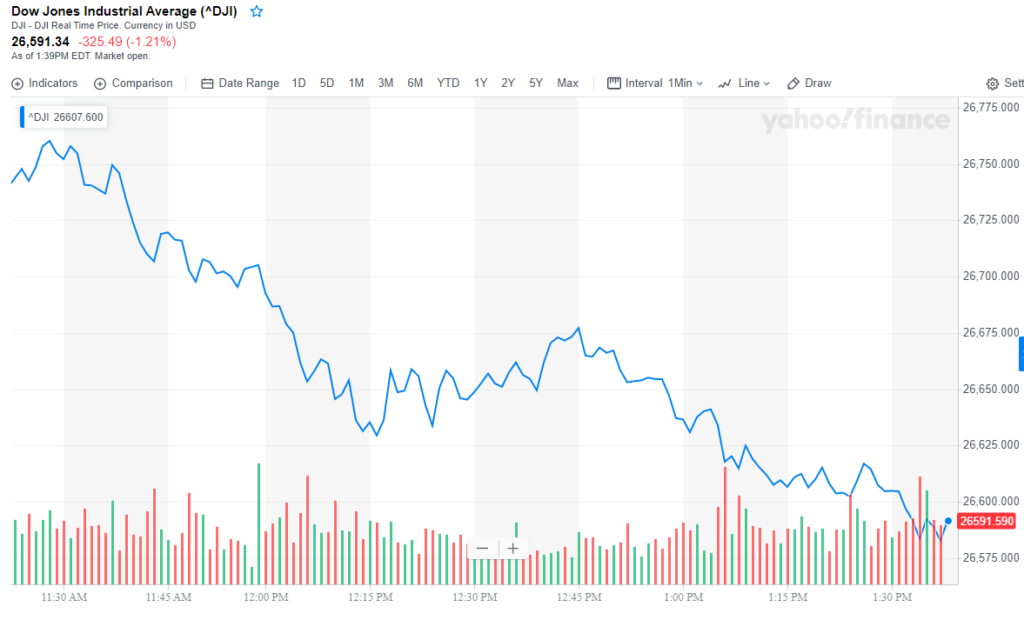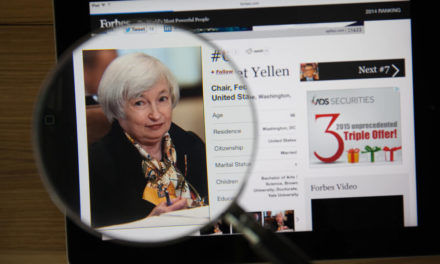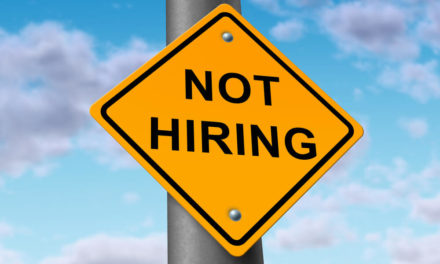U.S. manufacturing slumped even further in September as one gauge, impacted by exports amid the ongoing trade war between the U.S. and China, dropped to its lowest level in 10 years.
“There is no end in sight to this slowdown, the recession risk is real.”
The Institute for Supply Management’s newest report shows the Purchasing Managers’ Index sank to 47.8% in September, which was its second straight month of contraction, and the lowest the index has been since June 2009. Figures above 50% represent expansion, while figures below 50% signal contraction.
Export orders also dropped to 41% from 43.3% in August, according to the ISM data. This could be an indication that the tariff war is affecting U.S. manufacturing negatively.
“We have now tariffed our way into a manufacturing recession in the U.S. and globally,” Bleakley Advisory Group CIO Peter Boockvar said, according to CNBC.
The report rocked the stock market after early gains Tuesday. The Dow Jones Industrial Average erased early gains and was down 325 points, or 1.2% around 1:40 p.m. EDT.

“Global trade remains the most significant issue, as demonstrated by the contraction in new export orders that began in July of 2019. Overall, sentiment this month remains cautious regarding near-term growth,” ISM chair Timothy Fiore said in a statement.
The ISM employment gauge hit its lowest point since January 2016 as well, and multiple other sectors also contracted including backlog, new orders and imports/exports of raw materials inventories.
“There is no end in sight to this slowdown, the recession risk is real,” Deutsche Bank Chief Economist Torsten Slok said in a note after the report dropped.
The ongoing trade war between the U.S. and China has seen the world’s two largest economies levy tit-for-tat tariffs against each other, and the manufacturing data shows it’s have a negative effect on the U.S. economy. But President Donald Trump, whose administration has helped foster growth in the sector throughout his tenure, didn’t acknowledge the trade war in a Tuesday tweet on the topic.
Instead, the president turned his ire to his favorite whipping boy, the Federal Reserve and Chair Jerome Powell, in a tweet that lambasted the central bank leader for allowing the dollar to get too strong.
As I predicted, Jay Powell and the Federal Reserve have allowed the Dollar to get so strong, especially relative to ALL other currencies, that our manufacturers are being negatively affected. Fed Rate too high. They are their own worst enemies, they don’t have a clue. Pathetic!
— Donald J. Trump (@realDonaldTrump) October 1, 2019




